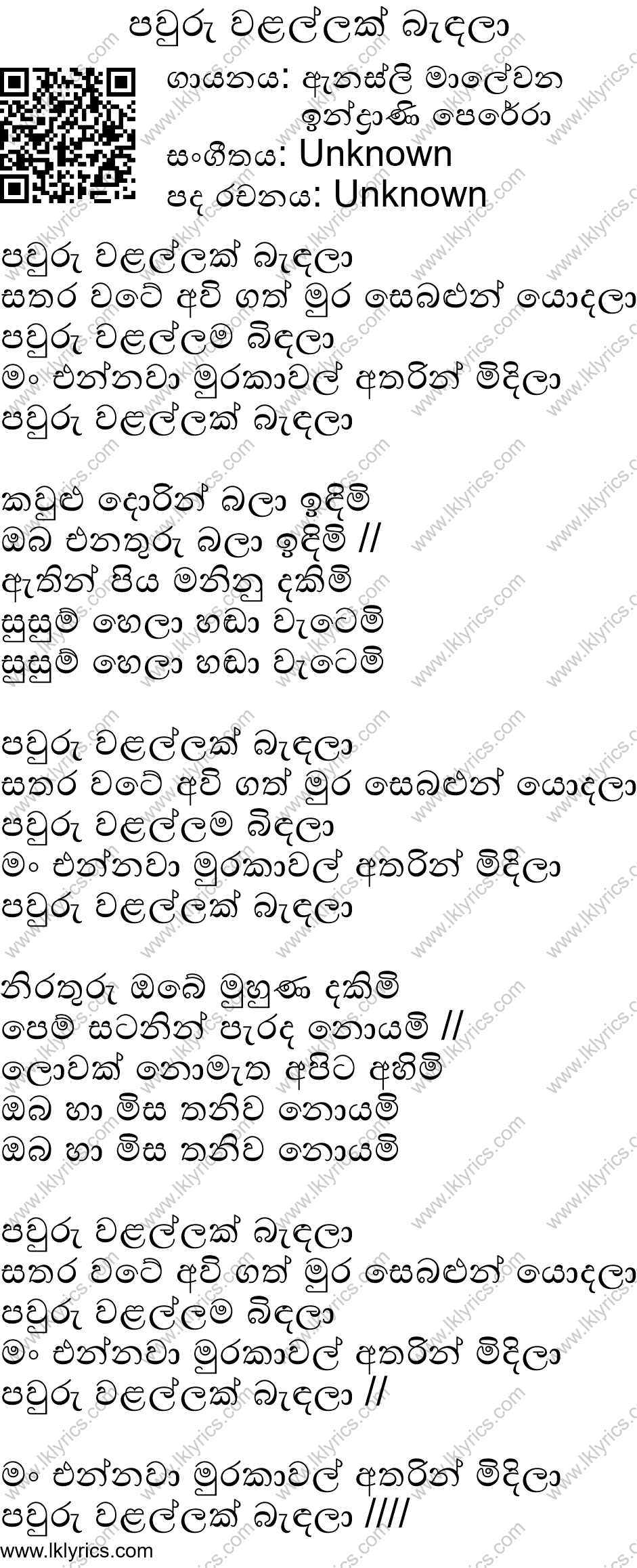

The market for children’s books was fertile, and it needed someone who could take that first step and open a store. It was, all in all, an intriguing proposition: while bookstores were being opened every year in the country, there was no bookstore for children. de Silva & Sons, who happened to be his nephew.

Without a job, and searching for new prospects, Gerald had a chat with the owner of the bookstore K. This was 1956, a tumultuous year for the country if ever there was one. While at Shaw Wallace, however, as is natural in any person’s life, tragedy struck: the company underwent a process of restructuring and he had to leave. These, he would sell at the Jathika Pola, held at the time at what is now the Thurstan College grounds. The plantation sector remained another passion of his long before Shaw Wallace, he had ventured into tea, cinnamon, paddy, and rubber at Ambalangoda and the vegetable-fruit market at Kollupitiya. While pursuing his passion for music, he soon got a job at Shaw Wallace as its Director of Plantations. Music, however, was not all that motivated him. Gerald, always the inquisitive lover of music, made the acquaintance of Samarakoon, and ended up in his orchestra as an esraj player. The Chitrasena Kalayathanaya, as popular then as it is now (though today it’s situated elsewhere), was a call centre for artists in vogue at the time, from Amaradeva to Sunil Shantha to Ananda Samarakoon.

Among his new neighbours was the redoubtable Chitrasena another neighbour, it turned out, was Colvin R. Thomas’ College in Mount Lavinia and, after leaving it, settled in Kollupitiya. Having been educated until Ninth Grade at Dharmasoka Vidyalaya, he was sent to Colombo where, against a backdrop of increasing urbanisation and a post-war and post-independence economic boom, new and exciting vistas of art, music, and theatre were coming up. From Kulathilaka and the Gurunnanse, not surprisingly, Gerald picked up an intense love for traditional art forms: the dances, the drums, and the thovil ceremonies.

Kulathilaka, folk music researcher, and Ariyapala Gurunnanse, the definitive face of the culture of masks in that part of the country. Born in 1920 at Ambalangoda, he came under the influence of two neighbours: C. It all began with a man called Gerald Wickremesooriya. It has a story, one which runs parallel with the history of pop music in this country. The truth, however, is that Sooriya is much more, than the Village. But ask him/her about the story behind Sooriya, and how it came to be, and chances are there won’t be a reply. Ask any person, particularly anyone young, as to what Sooriya means to him/her, and chances are he/she will reply, “Sooriya Village!” The immediacy of the response is not unwarranted, since Sooriya Village is THE place to be at for everything.


 0 kommentar(er)
0 kommentar(er)
